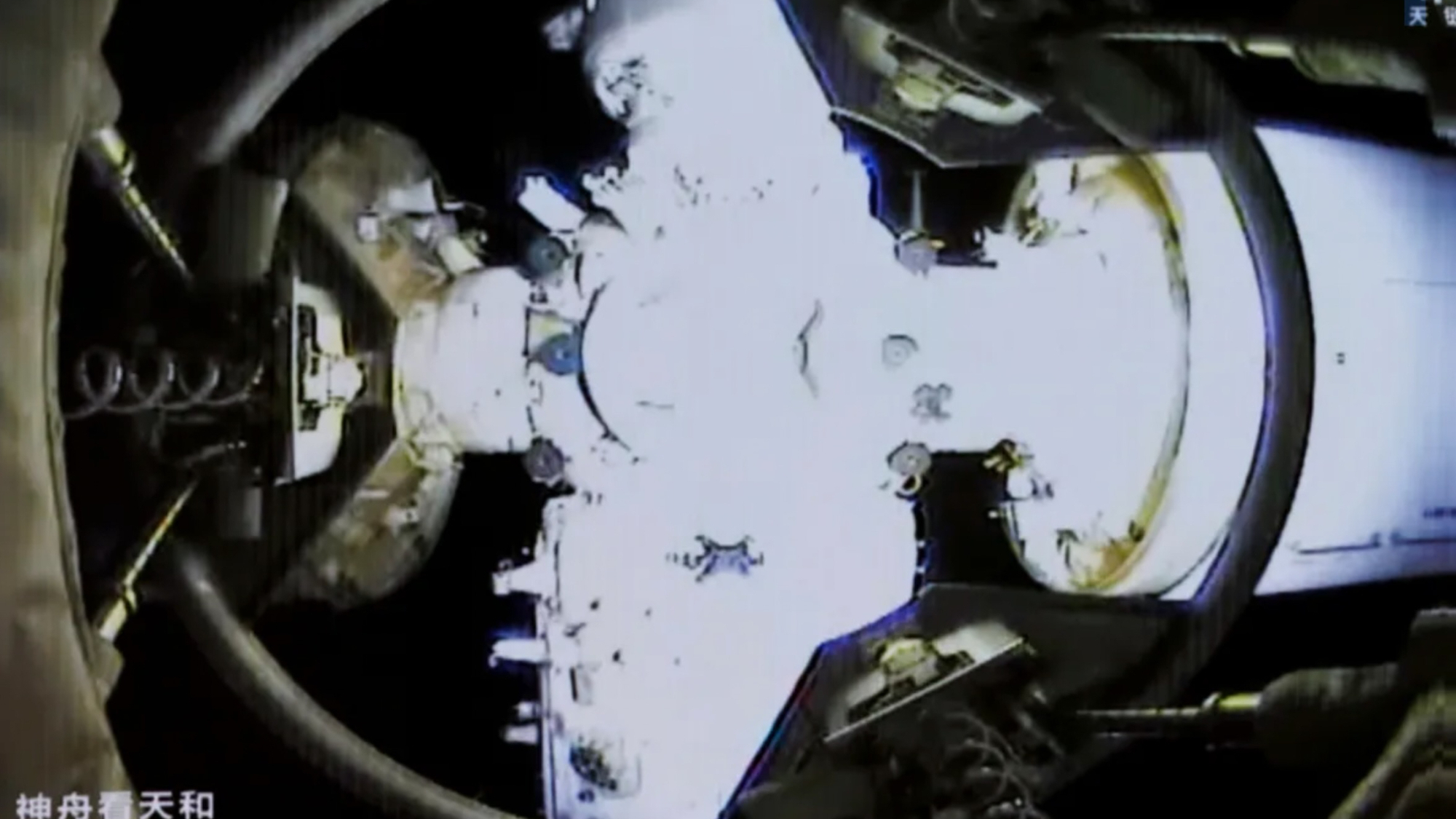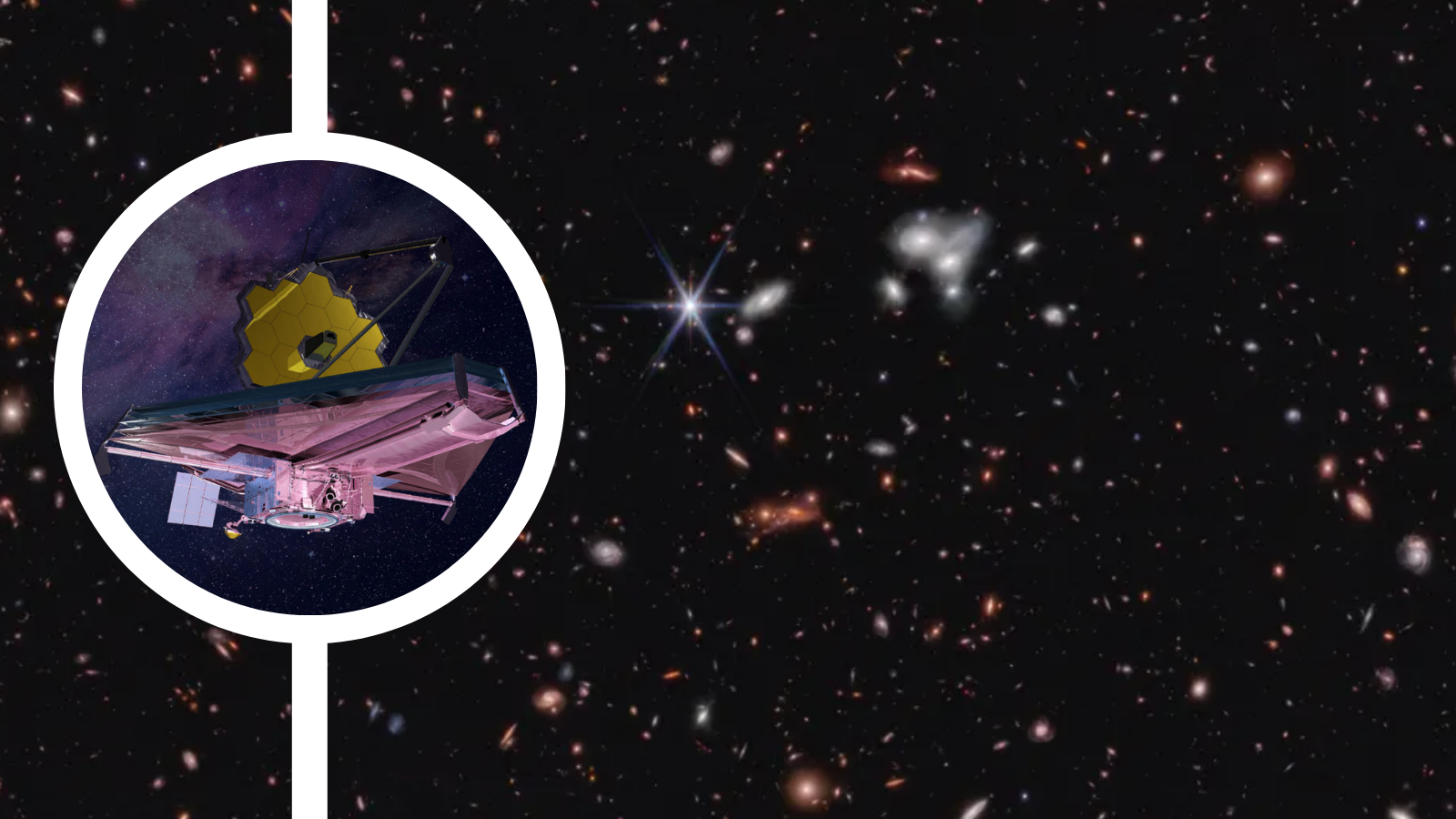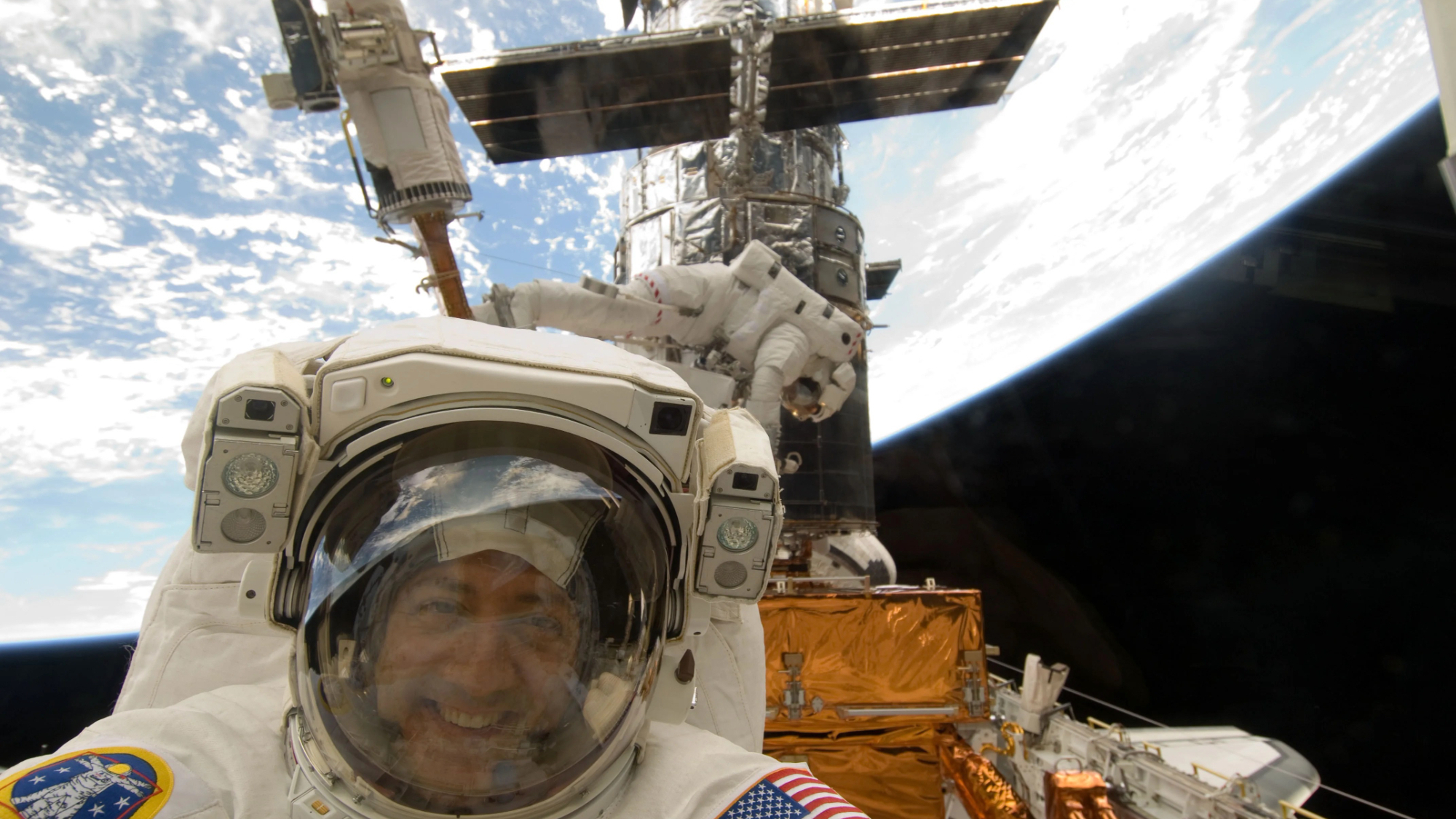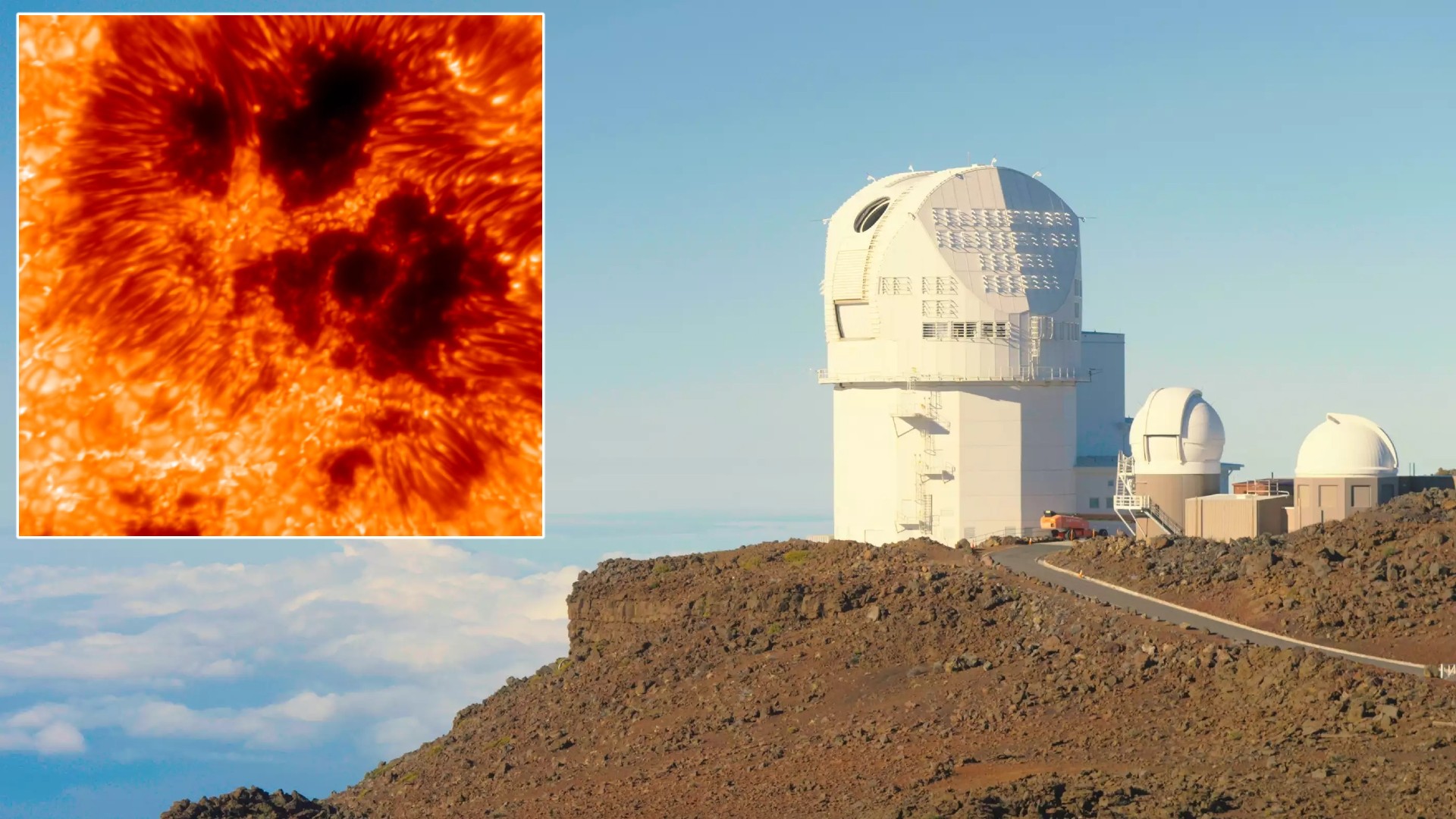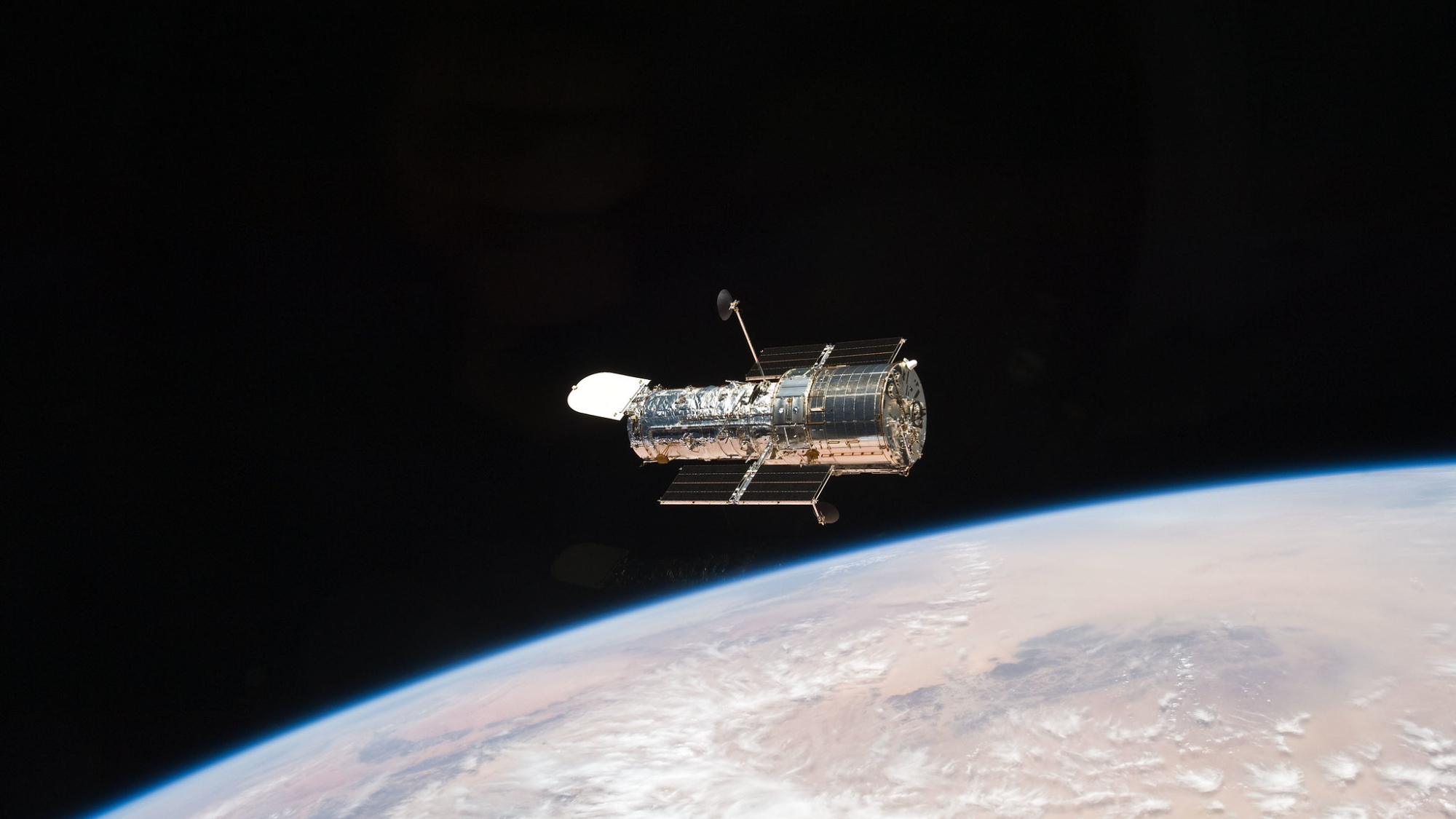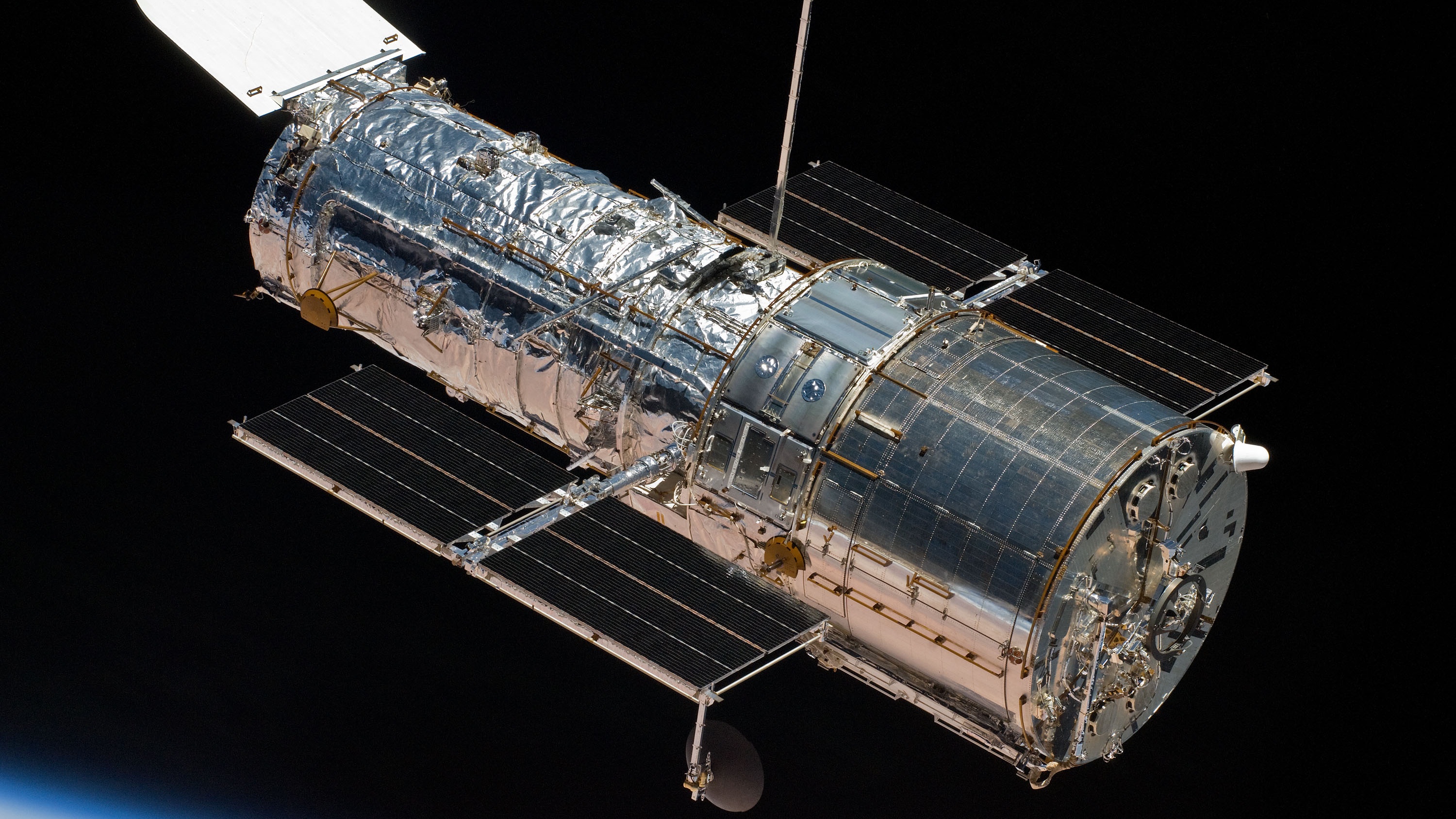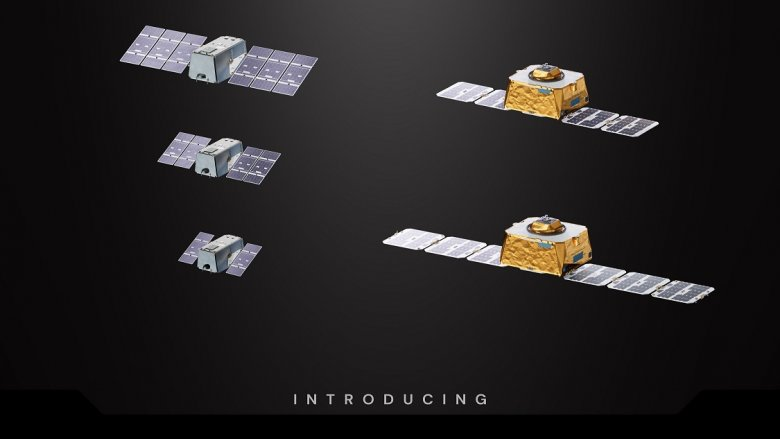Soyuz crew lands from space station ahead of ISS 20-year milestone
NASA astronaut Chris Cassidy and cosmonauts Anatoli Ivanishin and Ivan Vagner are back on Earth.
A NASA astronaut "sealed" 20 years of crewed operations on the International Space Station with his and his two crewmates' safe return to Earth.
Chris Cassidy, a former U.S. Navy SEAL, left the space station and landed on the steppe of Kazakhstan with cosmonauts Anatoli Ivanishin and Ivan Vagner of the Russian federal space corporation Roscosmos on Wednesday (Oct. 21). Their Russian Soyuz MS-16 spacecraft touched down southeast of the Kazakh town of Dzhezkazgan at 10:54 p.m. EDT (0255 GMT and 8:54 a.m. on Oct. 22 Kazakh time).
The trio's landing came just 10 days before the 20th anniversary of the launch of the first crew to take up residency aboard the International Space Station (ISS), an expedition that was also comprised by one American and two Russians.
In Images: International Space Station at 20: A photo tour
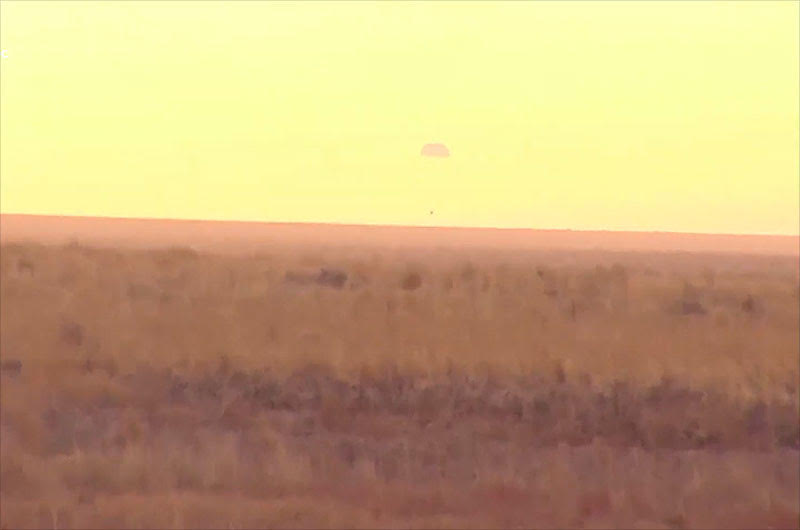
"Twenty years ago my astro-SEAL mentor, Captain Bill Shepherd, assumed command of Expedition 1. Now we are book-ending those two decades of manned ISS operations with U.S. Navy SEAL astronauts in space," Cassidy wrote on Twitter a day before his return to Earth.
Cassidy, Ivanishin and Vagner's departure from the space station marked the end of Expedition 63, with NASA astronaut Kate Rubins and cosmonauts Sergey Ryzhikov and Sergey Kud-Sverchkov of Roscosmos on board the ISS to start Expedition 64. The Soyuz MS-16 crew undocked their spacecraft from the space-facing port of the station's Russian Poisk module at 7:32 p.m. EDT (2332 GMT).
Cassidy, Ivanishin and Vagner were met after landing by recovery forces, who helped them out of the Soyuz and provided initial medical checks as they began to readjust to the pull of gravity after 196 days off the planet.
Get the Space.com Newsletter
Breaking space news, the latest updates on rocket launches, skywatching events and more!

Launched in April, Cassidy, Ivanishin and Vagner initially joined the Expedition 62 crew of Oleg Skripochka of Roscosmos and NASA astronauts Drew Morgan and Jessica Meir before beginning Expedition 63. Over the course of their six months, they were joined by five more crewmates.
"Our time on board has been very interesting," Cassidy said during a change-of-command ceremony on Tuesday (Oct. 20). "We've had some time as a three-person crew, some time as a six-person crew, both at the beginning with Drew and Jessica and Oleg, and now with Sergey, Sergey and Kate. In the middle, we had time as a five-person crew with Bob [Behnken] and Doug [Hurley], and we had the privilege of welcoming the SpaceX Demo mission on board the International Space Station."
The SpaceX Dragon Demo-2 mission, on which Behnken and Hurley flew, marked the first commercially operated crewed flight to the space station and the first flight of NASA astronauts from a U.S. launchpad in the nine years since the retirement of NASA's space shuttle.
In photos: SpaceX's historic Demo-2 test flight with astronauts
"Sprinkle in there some spacewalks and some Progress cargo vehicles and some American cargo vehicles and some crazy situations with the space station's systems, it has just been an incredible six months of our lives," Cassidy said, referencing a broken toilet, a faulty Russian oxygen supply system and the recently concluded search for the source of a slow air leak that was first detected in September 2019. (The leak was ultimately traced to a small fracture inside the Russian Zvezda service module.)
The Expedition 63 crew also helped conduct hundreds of science experiments and technology demonstrations. Cassidy worked on many research investigations, including one that leveraged microgravity to identify targeted cancer therapies and the evaluation of water droplet formation and water flow for Delta Faucet's showerhead technology.
Back on Earth, the Soyuz MS-16 crew will be taken by Russian helicopters to the recovery staging city in Karaganda, Kazakhstan. From there, Cassidy will board a NASA plane for a flight back to Houston, while a Gagarin Cosmonaut Training Center aircraft will return Ivanishin and Vagner to their homes in Star City, Russia.

Cassidy, 50, has now logged 378 days in space over the course of his three missions, including a 2009 space shuttle flight and a previous ISS stay in 2013. He now ranks fifth among all NASA astronauts for total time in space.
Ivanishin, 51, also completed his third spaceflight, adding to his previous ISS expeditions in 2012 and 2016 for a total of 476 days. This was the first spaceflight for Vagner, who is 35.
Soyuz MS-16 was the 62nd Soyuz to launch for the International Space Station. It traveled 83 million miles (133.5 million km) spanning 3,136 orbits of Earth.
Follow collectSPACE.com on Facebook and on Twitter at @collectSPACE. Copyright 2020 collectSPACE.com. All rights reserved.
Join our Space Forums to keep talking space on the latest missions, night sky and more! And if you have a news tip, correction or comment, let us know at: community@space.com.

Robert Pearlman is a space historian, journalist and the founder and editor of collectSPACE.com, a daily news publication and community devoted to space history with a particular focus on how and where space exploration intersects with pop culture. Pearlman is also a contributing writer for Space.com and co-author of "Space Stations: The Art, Science, and Reality of Working in Space” published by Smithsonian Books in 2018.In 2009, he was inducted into the U.S. Space Camp Hall of Fame in Huntsville, Alabama. In 2021, he was honored by the American Astronautical Society with the Ordway Award for Sustained Excellence in Spaceflight History. In 2023, the National Space Club Florida Committee recognized Pearlman with the Kolcum News and Communications Award for excellence in telling the space story along the Space Coast and throughout the world.

